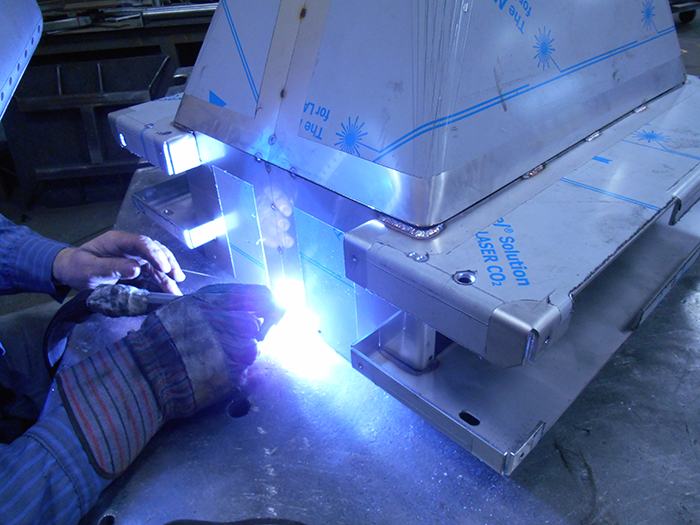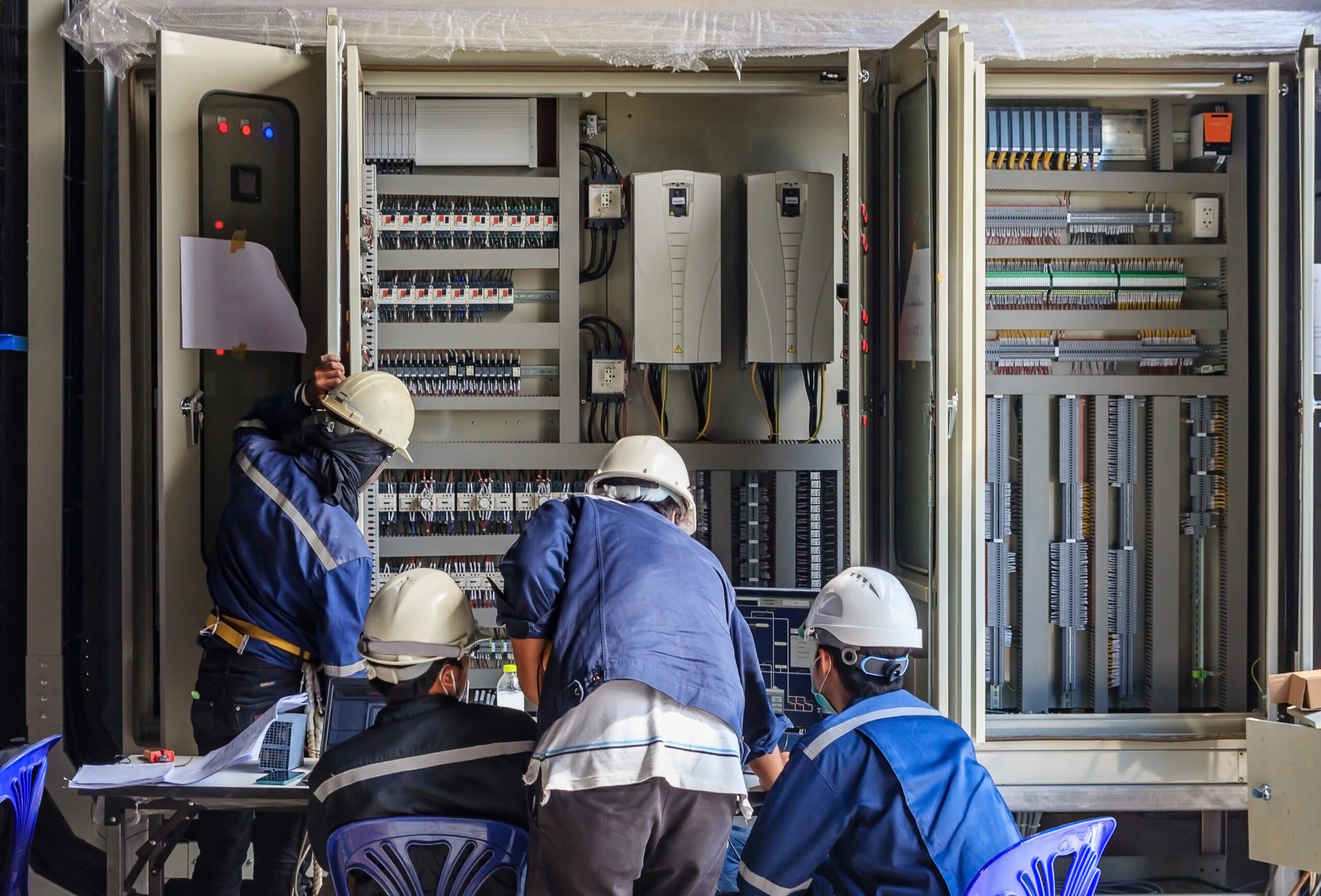
You’ve created a new invention, or you’ve developed a new twist on a classic product. Your design is ready for a critical and exciting new stage: prototyping. You’re looking for a machine shop that can bring your designs to life, but you’re not sure which prototype machining services you need. Let’s take a look.
Which Prototype Machining Services Do I Need?
Additive Manufacturing vs Subtractive Manufacturing
One of the first decisions you might consider for your prototype is additive manufacturing vs subtractive manufacturing. Additive manufacturing is the process of building a prototype by layering material, usually plastic. This is often called 3D printing, since it builds up an object in a 3-dimensional space. Subtractive manufacturing takes a material, including plastics, metals, wood, and more, and removes or reshapes material until it forms the prototype, or pieces of the prototype.
So, when should you use additive manufacturing and when should you use subtractive manufacturing for your prototype? In some cases, it may be helpful to get quotes for both processes and compare the two. In general, the following factors are good guideposts for making this decision:
- Short runs vs long runs: Subtractive manufacturing and machining services will be more cost-effective for long runs, while additive manufacturing and 3D printing will be more effective for short runs, introductory products and experimentation phases.
- Complexity: Simplifying your design a bit can reduce expenses substantially in subtractive manufacturing, while more complex designs might be better suited for additive manufacturing.
- Materials: Plastics are the most common materials used in additive manufacturing, while metals are more common in subtractive manufacturing.
Learn more about APEC’s custom fabrication machines and services
Download the Custom Fabrication Guide
CNC Machining
CNC machines, like CNC lathes and mills, are some of the most commonly used subtractive manufacturing processes. These machines are highly versatile, with the capability to work with many different types of materials and create many different parts and shapes of varying sizes.
If your prototype requires holes, pockets, planes, grooves, or edges, you’ll need a machine shop with a high-quality CNC mill. If your prototype requires conical or cylindrical surfaces, such as screws, shafts, or knobs, you’ll need a high-quality CNC lathe. CNC machines are aided by digital, pro-programmed plans, so they can work quickly and accurately.
These machines can produce rugged, high-quality parts in a short amount of time. This is ideal for the first run of a prototype, so you can see, approximately, how your prototype will look and how it will function before it reaches consumers. Talk to your machine shop partner to see how you can reduce costs on your prototype and perfect your design beforehand. This way, you can optimize your prototype before full-scale production.
Welding
Welding may be another important aspect of your prototype. There are many different kinds of welding techniques and machines, including arc welding, resistance, spot, TIG, MIG and more. Some simple welding jobs may be completed by a robot, while more complex welding may be best accomplished by an experienced welder.
High-quality welding is important for any prototype, whether you’re building a large machine or a small object. Incomplete or insufficient welding may affect the item’s overall performance. Some items need special welding to make sure they are safe, such as items used in food processing. Leftover burrs or sharps on the weld can endanger the end user. For these reasons and many more, it’s important to work with an experienced manufacturer if your prototype requires welding.
Metal Rolling
As you might expect, metal rollers are used to curve metal pieces into arcs, circles and cones. There are many different types of metal rollers, which can be used to create diverse shapes and work with metals of varying sizes and types. If your prototype uses filters, canisters, pipes, tubes, ducts and similar parts, metal rolling will probably be an important part of your prototype machining services.
To get the right metal roller for the job, your manufacturing partner will need to know what type of metal you’re working with, and the dimensions of the circular or conical object. If you’re not sure about what type of metal or alloy is best, an experienced manufacturer can help.
Finishing and Coating
Though finishing and coating services are not technically considered machining services, they are no less important for your prototype. Finishing and coating services will give your prototype a completed appearance. These finishing services are also important for the longevity and durability of your product. Powder coating, for example, can reduce the effects of corrosion, while also giving your product a smooth, polished appearance. Anodizing and metal plating are two other services that can help reduce effects of corrosion, protect your product, and give it a finished appearance.
This is not an exhaustive list of prototype machining services you may need. These are some of the most commonly used prototype machining services, and services you’re likely to consider. Working with an experienced manufacturing and fabrication partner can help you optimize your prototype and get the most bang for your buck. To learn more about APEC’s machining services and get a quote, contact us today.







